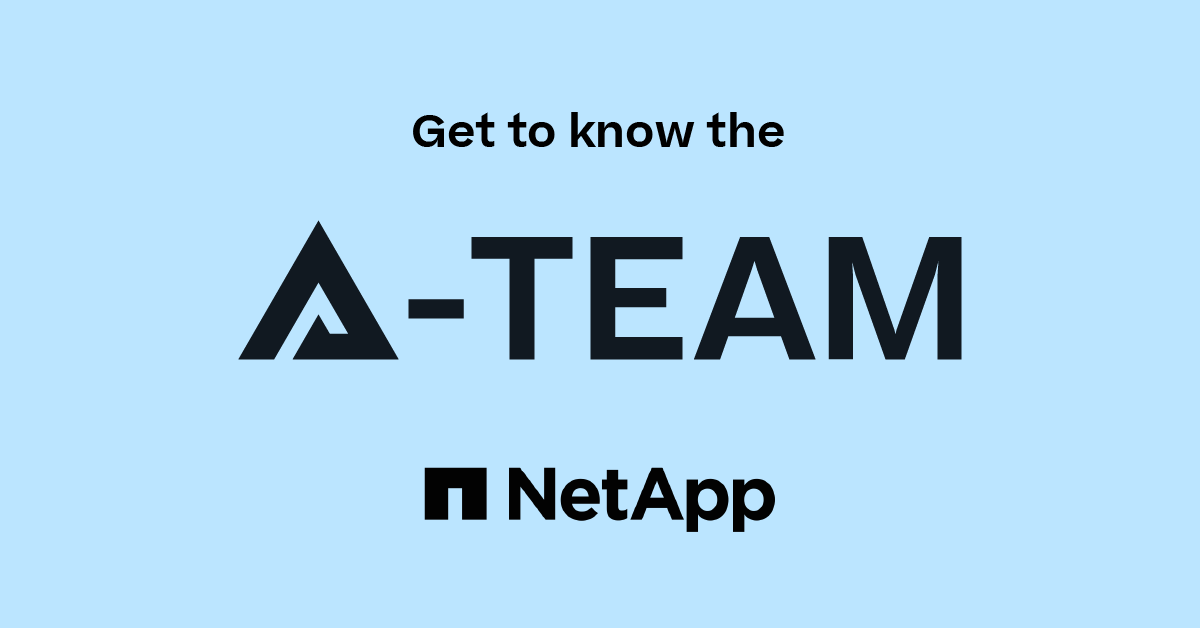Software Development Kit (SDK) and API Discussions
- Home
- :
- Developer Network
- :
- Software Development Kit (SDK) and API Discussions
- :
- newbie general powershell looping question
Software Development Kit (SDK) and API Discussions
- Subscribe to RSS Feed
- Mark Topic as New
- Mark Topic as Read
- Float this Topic for Current User
- Bookmark
- Subscribe
- Mute
- Printer Friendly Page
- Mark as New
- Bookmark
- Subscribe
- Mute
- Subscribe to RSS Feed
- Permalink
- Report Inappropriate Content
I have a sorted csv file in the following format:
name, uniqueID, environment
server1 x123 production
server1 x234 installed
server1 x345 n/a
server2 x999 anything
what I want to do is read the environment for the first occurance of server1, and then update the unique identifiers via API for any subsequent occurances of the name
so my expected output would be
server1 x123 production
server1 x234 production
server1 x345 production
server2 x999 anything
etc ...
Anyone know what type of foreach loop with a nested loop would produce such a result?
thanks
Thanks in advance
Solved! See The Solution
- Mark as New
- Bookmark
- Subscribe
- Mute
- Subscribe to RSS Feed
- Permalink
- Report Inappropriate Content
No worries! Feel free to reach out here or on Slack, we have a channel specifically for PowerShell questions.
Andrew
- Mark as New
- Bookmark
- Subscribe
- Mute
- Subscribe to RSS Feed
- Permalink
- Report Inappropriate Content
Hello @stephen2,
Here is a quick example I created:
$csv = "name,id,status
server1,x123,production
server1,x234,installed
server1,x345,n/a
server2,x999,anything"
$lines = $csv | ConvertFrom-Csv
$values = @{}
$output = New-Object System.Collections.Generic.List[System.Object]
foreach ($line in $lines) {
if ($values.Keys -notcontains $line.name) {
$values.Add($line.name, $line.status)
}
$line.status = $values.($line.name)
$output.Add($line)
}
$output
Hope that helps!
Andrew
- Mark as New
- Bookmark
- Subscribe
- Mute
- Subscribe to RSS Feed
- Permalink
- Report Inappropriate Content
Thanks Andrew - using the hash table does not help because for each record, I have to maintain the id field, so I need to accomplish the following:
first record, store the env field and write the server, id, and env field
subsequent record - write the server, id, and saved env
Is it possible to accomplist the functionality using some other structure?
- Mark as New
- Bookmark
- Subscribe
- Mute
- Subscribe to RSS Feed
- Permalink
- Report Inappropriate Content
Did you execute the code? Cause I'm not sure what you mean...it outputs correctly from what I can tell:
name id status ---- -- ------ server1 x123 production server1 x234 production server1 x345 production server2 x999 anything
The hash is only used to store the first name -> status and keep them for later. I'm assuming that the names are not always in order, e.g there could be another "server1" after "server2", which is why I'm using the hash to store the values.
- Mark as New
- Bookmark
- Subscribe
- Mute
- Subscribe to RSS Feed
- Permalink
- Report Inappropriate Content
I tried but I may have done something wrong. I modified as follows and got the below message
$csv = import-csv env.csv
$lines = $csv| ConvertFrom-Csv $values = @{}
$output = New-Object System.Collections.Generic.List[System.Object]
foreach ($line in $lines) {
if ($values.Keys -notcontains $line.name) {
$values.Add($line.name, $line.status)
}
$line.status = $values.($line.name)
$output.Add($line)
}
$output
ConvertFrom-Csv : Cannot validate argument on parameter 'InputObject'. The argument is null or empty. Provide an argument that is
At line:1 char:32
+ $lines = $csv| ConvertFrom-Csv $values = @{}
+ ~~~~~~~
+ CategoryInfo : InvalidData: (:) [ConvertFrom-Csv], ParameterBindingValidationException
+ FullyQualifiedErrorId : ParameterArgumentValidationError,Microsoft.PowerShell.Commands.ConvertFromCsvCommand
- Mark as New
- Bookmark
- Subscribe
- Mute
- Subscribe to RSS Feed
- Permalink
- Report Inappropriate Content
You don't need to use "Import-Csc" and "ConvertFrom-Csv", just one or the other. If it's a file on disk, just use Import-Csv...
$lines = Import-Csv env.csv
$values = @{}
$output = New-Object System.Collections.Generic.List[System.Object]
foreach ($line in $lines) {
if ($values.Keys -notcontains $line.name) {
$values.Add($line.name, $line.status)
}
$line.status = $values.($line.name)
$output.Add($line)
}
$outputIf you want to output the result to a new CSV, use the ConvertTo-Csv cmdlet...
$output | ConvertTo-Csv -NoTypeInformation
Andrew
- Mark as New
- Bookmark
- Subscribe
- Mute
- Subscribe to RSS Feed
- Permalink
- Report Inappropriate Content
thought I tried that, but I will give it a shot again. Thanks
- Mark as New
- Bookmark
- Subscribe
- Mute
- Subscribe to RSS Feed
- Permalink
- Report Inappropriate Content
where does the status field come from? Do I need to add it to my input file? Im getting this:
Exception setting "status": "The property 'status' cannot be found on this object. Verify that the property exists and can be set."
At line:5 char:5
+ $line.status = $values.($line.name)
+ ~~~~~~~~~~~~~~~~~~~~~~~~~~~~~~~~~~~
+ CategoryInfo : NotSpecified: (:) [], SetValueInvocationException
+ FullyQualifiedErrorId : ExceptionWhenSetting
thank you for this help by the way
- Mark as New
- Bookmark
- Subscribe
- Mute
- Subscribe to RSS Feed
- Permalink
- Report Inappropriate Content
I didn't use your original field names...I may have missed them 😄
Using your field names it should be...
$lines = Import-Csv env.csv
$values = @{}
$output = New-Object System.Collections.Generic.List[System.Object]
foreach ($line in $lines) {
if ($values.Keys -notcontains $line.name) {
$values.Add($line.name, $line.environment)
}
$line.environment = $values.($line.name)
$output.Add($line)
}
$output
- Mark as New
- Bookmark
- Subscribe
- Mute
- Subscribe to RSS Feed
- Permalink
- Report Inappropriate Content
ah - thank you - sorry Im a newbie
- Mark as New
- Bookmark
- Subscribe
- Mute
- Subscribe to RSS Feed
- Permalink
- Report Inappropriate Content
No worries! Feel free to reach out here or on Slack, we have a channel specifically for PowerShell questions.
Andrew
- Mark as New
- Bookmark
- Subscribe
- Mute
- Subscribe to RSS Feed
- Permalink
- Report Inappropriate Content
worked perfect - thanks
